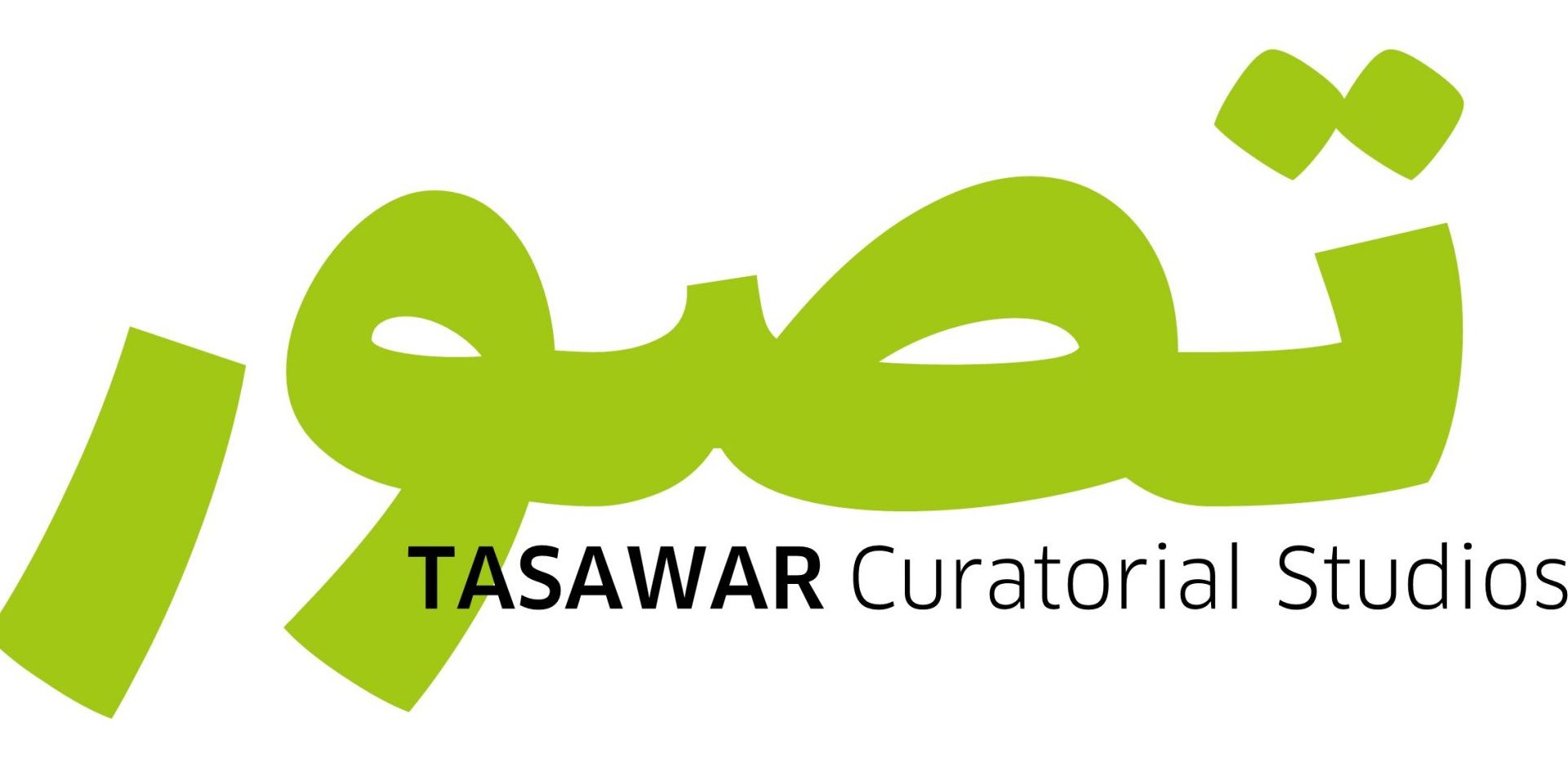WHAT DOES ART MEAN?
Extremely difficult to define, due to its vast diversity of historical and contemporary meanings, art is one of the central concepts of the TASAWAR Curatorial Studios.
Nonetheless, we must at least attempt to “define” the term art as a starting point in our essential task of MOVING BETWEEN LANGUAGES. In “defining” the term art, we hope to clarify its scope, rather than restrict its meaning or potential applications in varying contexts and for different people or circles.
Most often, definitions for the word “art” feature the same keywords: creativity, production, aesthetic, knowledge, skill, human activity and expression, to name a few.
We collected aspects from existing English definitions that touch on the diverse meanings of “art”, including: the artifact(s) of creative making, the possession of a gift, a consciously created product or experience, and/or the studies of human creativity and social life.
For more insight regarding the range of usage of this broad term, see some of our choice sources: BRITANNICA and OXFORD.
MOVING TO TOUNSI
The word “Art” in Tunisian comes from the Arabic word “fan” فن. Although it has its nuances, it means the same thing to a certain extent as its English equivalent, sharing the same source meaning from the previous defining aspects that we collected in English.
In colloquial language, “Art” or فن in Tunisian typically refers to music. This tendency may be related to the ancient use of the term and the art forms that dominated the cultural history. Based on the Arabic origin of the word “fan”, we can consider the historical fact that music and poetry were the main forms of art in Islamic culture that widespread the concept of art*. Visual representation and singing were both controversial subjects through the Islamic cultural history, as many Muslims believe(d) that depiction of the human form or women singing was “haram” or forbidden. (See: aniconism**) For this reason, visual Islamic art is typically characterized by calligraphic, floral, and geometric patterns, rather than animal or human figures.
We can argue the hypothesis that the meaning of art in Tunisia followed a different path than that of the western world, whereas, in Arabic/Islamic culture it was either music or handcraft with the decoration, architecture, furniture design, and abstract sculpture. Perhaps this history is the reason behind the various meanings and associations for the word “fan” in Tounsi. If we call someone a “fannen” or “fannena” (meaning “artist”) in Arabic or the colloquial language, we could mean a few different things. Perhaps s/he is literally an artist from a musical background (musician, singer, or a producer/contributor of pop culture) or maybe we mean that this person is some kind of genius. In other words, we can describe a cook, carpenter, or even a doctor as a “fannen(a)”, meaning that s/he is an artist in what s/he does.
The meaning of “artist/fannen” includes different concepts, but it not necessarily limited to “art practitioner.” An Artist/fannen(a) is anyone that is good at his or her job. A “fannen(a)” is someone who does their work with passion, intelligence, mastery, creativity, perfection, surprise, talent, craziness…
Example sentences of the use of the word (in different context) by Tunisian:
Exercise to find example sentences via TASAWAR community.
*needs clarification + editing
**needs good source + link for aniconism and women’s voices?
Entry developed by Aisha A Abbassi and Aymen Gharbi.
